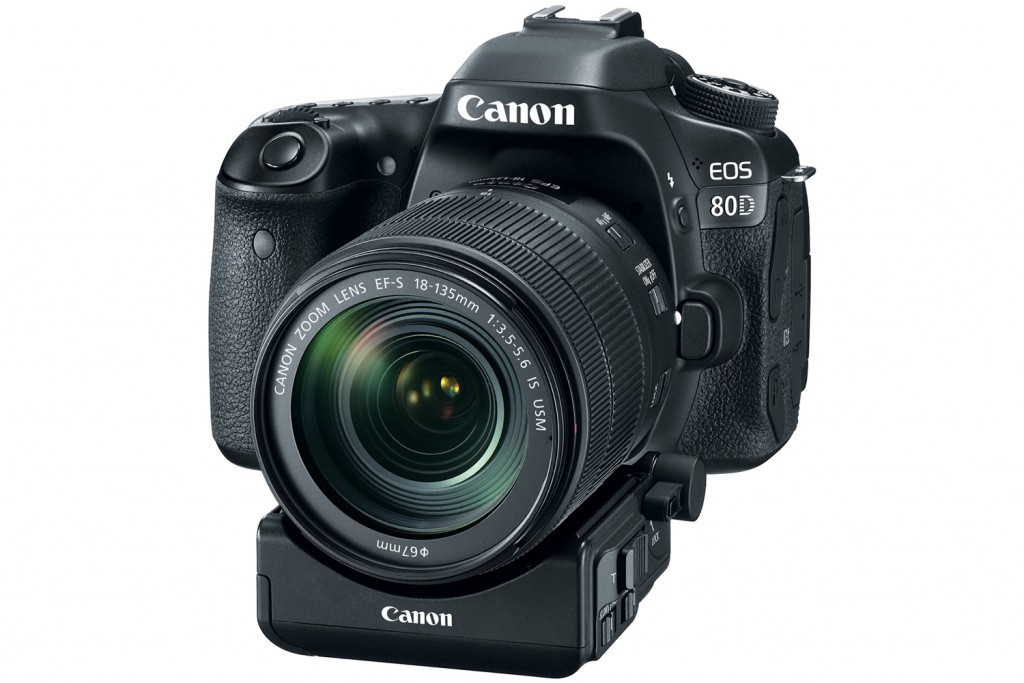The EOS 80D is the mid-range model in Canon’s mid-range APS-C DSLR series, that has been sandwiched between the flagship EOS 7D Mark II and entry-level EOS 760D. The new entrant replaces the three-year-old EOS 70D and features marked improvements such as a new 24.2-megapixel APS-C CMOS image sensor, Digic 6 image processor and a 45-point auto focusing (AF) system. The earlier model has a 19-point AF system. The 80D comes with its predecessor’s Dual Pixel CMOS AF technology, which also employs a CMOS sensor that enables all of the effective pixels to perform both imaging functions and phase-detection AF.

Each pixel of the CMOS sensor boasts of two independent photodiodes, or light detectors that do the job of converting light into digital signals. When an image is being captured, both photodiodes combine to deliver a 24.2-megapixel still image. But when the AF is used in Live View image capture and video recording, each photodiode acts as an independent phase-detection AF sensor to help the lens achieve a quicker focus. The lens is also compatible with the new Power Zoom Adapter PZ-E1. The adapter is powered by four AA batteries, and attaches itself to the Nano USM lens’ bottom. It also allows users to switch between manual and power zoom, as well as toggling between slow and fast zoom. Zoom speed can be adjusted to 10 incremental speed levels. This feature is certainly ideal for videographers who need to slowly zoom into a subject.

During video recording, the 80D’s AF automatically gets a sharp focus, which according to the company is under 2 seconds when one pans to a new scene. With 7D, one had to press the AF button for it to get a sharp focus and, even then, it could take up to 5 seconds. Furthermore with the PZ-E1 attached, one can even get the cinematic style of slow zoom into a subject and trust the camera to pick a sharp focus on the subject.


